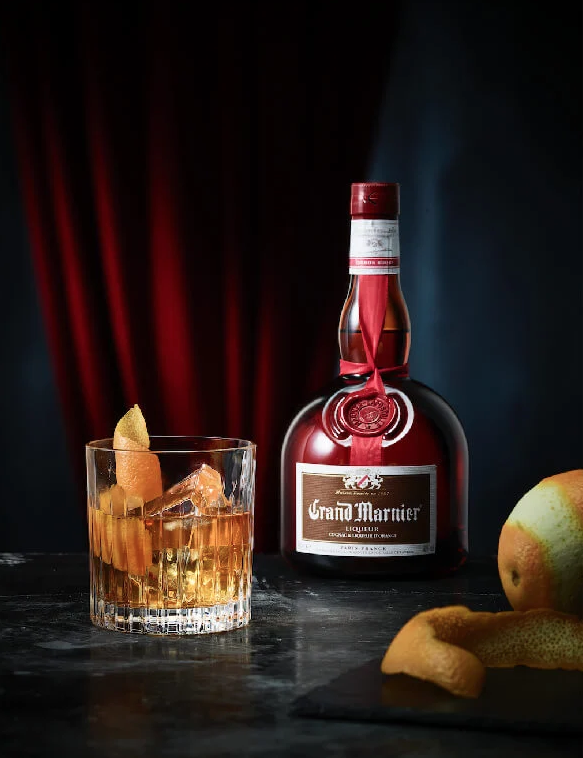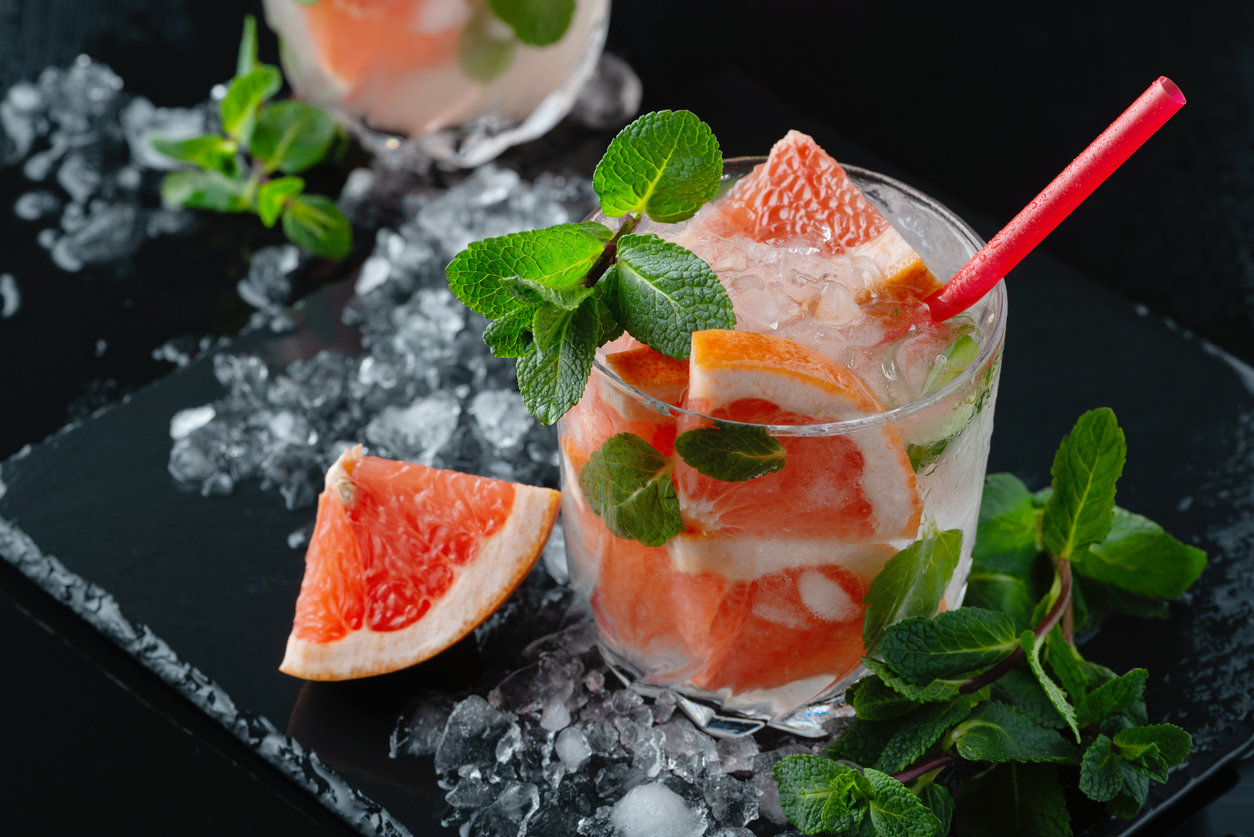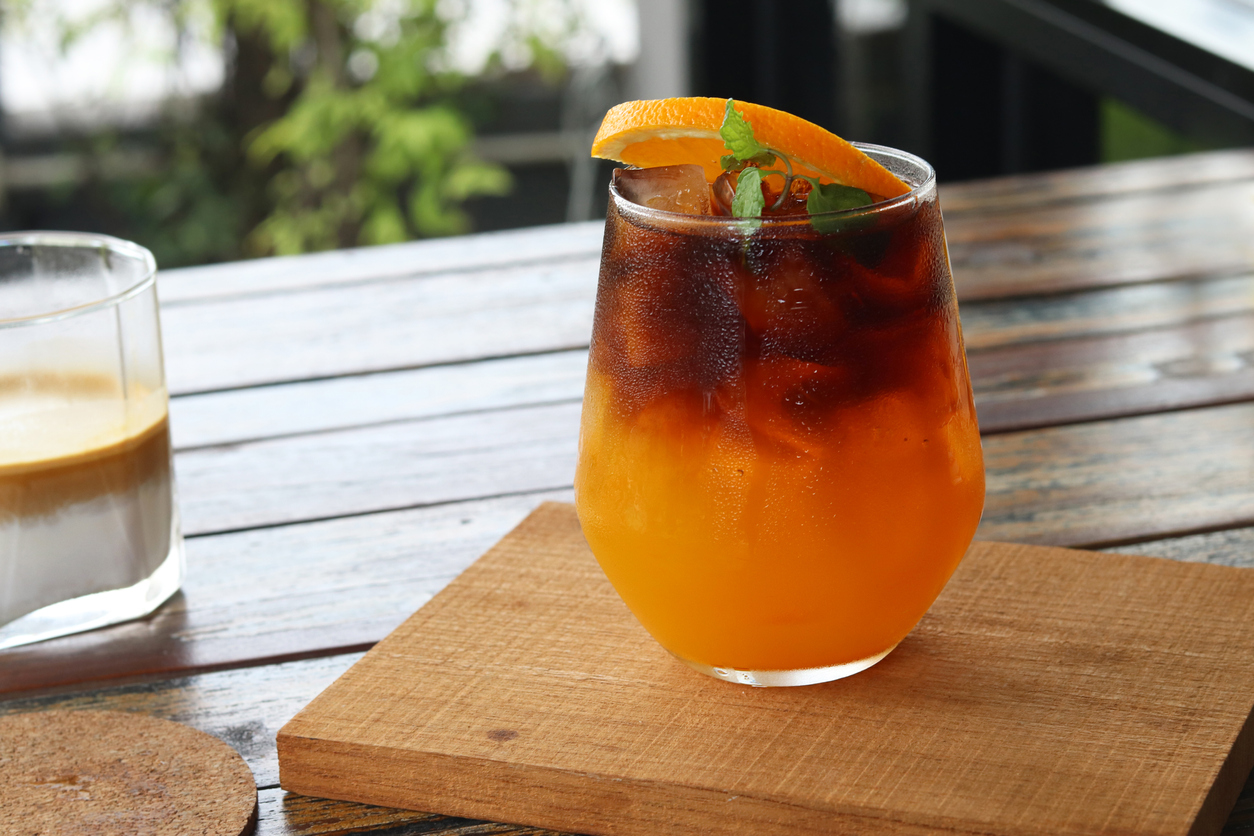There’s something about citrus … Beverage analysts have conducted studies which show that the bright, somewhat acid, tangy flavours of citrus remain a favourite with consumers. But things are changing ever so slightly, becoming more exotic and marginally less sweet.
CHEERS | Spirits

Lemons
Oranges &

Almost a third of all new global beverages – alcoholic and non-alcoholic – developed and introduced between 2017 and 2020 featured a citrus flavour.
Citrus rocks – whether its lemon, lime, grapefruit, tangerine or blood orange! Research backs it up. According to a report published on BeverageIndustry.com in 2020 citrus remains the top flavour preference since consumers prioritise fresh and lively fruit flavours over those with sweetness.
“Citrus ingredients can provide a ‘health halo’ to products in which the target consumer looks for recognisable ingredients from a natural source,” Hélène Moeller of Archer Daniels Midland Co. says. “Many consumers perceive citrus fruits as an immunity-booster bolstered by high levels of naturally occurring vitamin C.”
More exotic forms of citrus are expected to become commonplace over the next decade. Yuzu, for example, or pink grapefruit, mandarin and Clementine – or combinations thereof.
Stroll around your local TOPS at SPAR and take a look at the gin shelf. Or rather, shelves – because this distilled spirit’s popularity shows little sign of waning. Note just how many proudly South African gins there are – and even the most casual browser will soon note how many of them rely on citrus as a big part of their flavour appeal.
The three big or obvious examples are Clemengold, Bloedlemoen and Boplaas 8 citrus. But there is also Ginologist citrus gin, Triple 3 citrus, Deep South Distillery’s three citrus gin and a host of others. That’s before you start heading into the big global brands like Beefeater with their Blood Orange example and Malfy, Sipsmith’s Lemon Drizzle gin, Bombay’s Citron and then Tanqueray’s Flor de Sevilla and Rangpur Lime.
That’s just gin – don’t forget vodka with Absolut boasting a variety, including lime, citron and grapefruit. But what about the traditional tipples which boast citrus flavours?
Many of them are liqueurs and have interesting origin stories; Cointreau, Triple Sec, Grand Marnier, Limoncello and Mandarine Napoleon.

Unwaveringly popular for its sweet citrus flavour, Cointreau
Cointreau, with its distinctive squat, square bottle is instantly recognisable – is inextricably linked to the origin of Triple Sec. That’s because Cointreau was deemed too sweet for the British palate. Two Cointreau brothers, Adolphe and Edouard-Jean kicked off the family liquor dynasty in Angers in 1849.
Originally confectioners, they got involved in making liqueurs with Edouard, the son of Edouard-Jean, marketing the boldly sweet orange-flavoured drink in 1871. It’s a relatively simple product with neutral alcohol, sugar and water combined with both the zest of bitter oranges from the Caribbean and sweet oranges from Spain.
One George Glendenning discovered this tasty elixir on a visit to Bordeaux in 1902 and promptly set about finding the maker of it, visiting the Angers base and securing the rights to import it to Britain. Two decades later, in 1923, Glendenning told the famille Cointreau that the British market found it too sweet – so they came up with an extra dry version, Triple Sec. Interesting to note that there are a host of brands of Triple Sec available on the market but only one Cointreau.

Grand Marnier is another staple of every cocktail bar. Created in 1880 by Louis-Alexandre Marnier-Lapostolle, the drink was a favourite of the Russian royal family prior to revolution and was also served by Austrian Emperor Franz Joseph and King Edward VII, the son of Queen Victoria.
Where Cointreau is based on neutral alcohol which adds no flavour, Grand Marnier relishes its base of Cognac which makes up 51% of the content. The rich leather, spice and dried fruit of the brandy mingles perfectly with the bright, zesty vivacity of the citrus. Its makers insist that the Cognacs be aged for a minimum of between three and five years for Grand Marnier.
It’s sweetness level is also notably lower than other orange products, some of which can be as high as 200g/ℓ of residual sugar. Once blended, the liqueur spends six months maturing in oak barrel in order for the flavours to integrate and marry.
Crepes Suzette simply wouldn’t be the same without Grand Marnier
Anyone who has visited Italy will know that Limoncello is the country’s second most popular liqueur. Frequently served as an after-dinner digestivo, it bursts with bright lemon zest zip with a light sweetness and is made in the south of Italy, in the area around Naples, the Amalfi coast and the Sorrentine peninsula. It’s been speculated that it originated in the citrus groves of Sicily but that can’t be proven. Like Cointreau, it’s based on neutral spirit in which fresh lemon peels are steeped until the lemon oils are extracted. Then it’s blended with a straightforward sugar syrup. It’s the reason there are so many recipes available for homemade Limoncello. Interesting snippet about genuine Limoncello though; the real deal is made specifically with Sorrentine lemons, the only variety recognised with protected status – or Indicazione Geografica Protteta (IGP).
Most South Africans know that Emperor Napoleon Bonaparte was quite partial to the sweet wines of Constantia while he was exiled on St Helena island, but when he was in his prime he preferred other drinks – which is why there is one named in his honour: Mandarine Napoleon.
The story goes that a member of Napoleon’s State Council, a chemist by the name of Antoine-Francois de Fourcroy developed the drink. His diary contained details of the many meetings he had with Napoleon and one entry contained the recipe for what became Mandarine Napoleon, a drink based on Cognac and mandarin oranges. Mandarins, often also referred to as tangerines, had been introduced to Europe from China in the 1700s – and grew particularly well on Corsica, the island of Napoleon’s birth. The drink, now part of the Dutch De Kuyper stable, is known for its silky mouthfeel or texture and its blend of both bitter and sweet orange flavours against a deep brandy backdrop.


